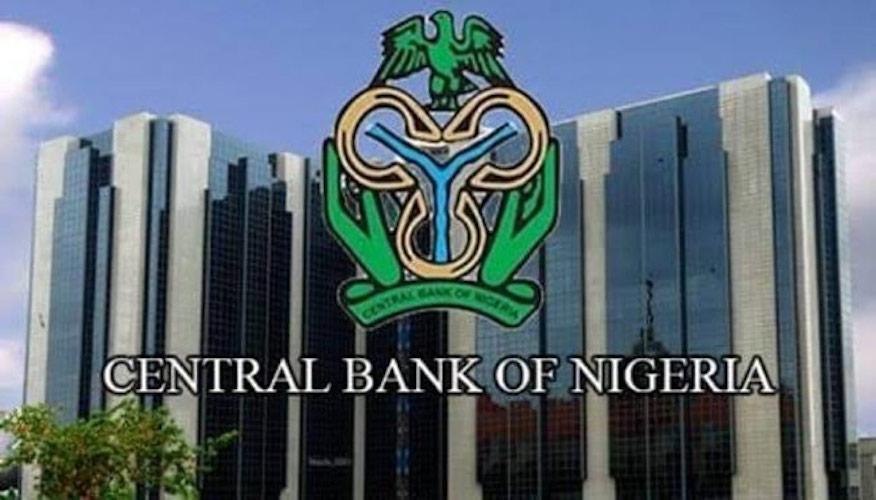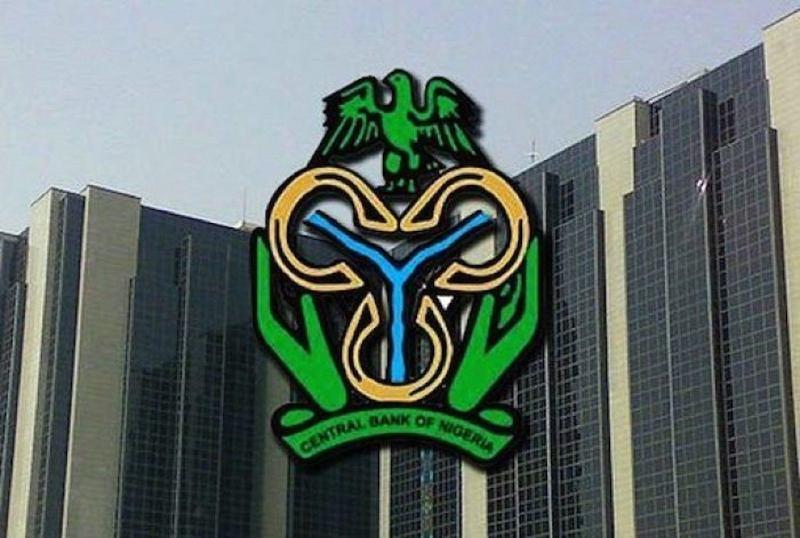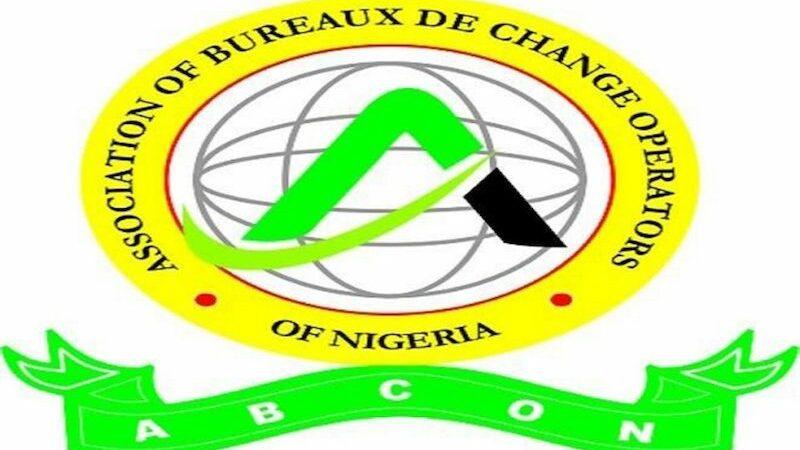Economic analysts are cautiously optimistic about the Central Bank of Nigeria’s strategies to address inflation through rate increases as they stress the need for measures to safeguard the real sector from potential fund deprivation, reports Festus Akanbi
For eight months, it had been a long and seemingly endless wait for the Monetary Policy Committee (MPC) meeting of the newly constituted management of the Central Bank of Nigeria (CBN), which ordinarily should give the direction of the monetary policy of the new administration.
For an economy hemorrhaging at such a frightening rate, especially after the first set of policy reform measures by President Bola Tinubu’s administration, businessmen, investors and other economic players struggling to stay afloat in the face of the prevailing inflationary trends were understandably anxious for the MPC meeting.
So, from whichever direction one looks at the Nigerian economy, the reality is the nation is facing one of its worst economic crises in years triggered by surging inflation, the result of monetary policies that have pushed the currency to an all-time low against the dollar.S
The latest inflation rate (January) was put at 29.9 per cent, the highest since 1996 as the purchasing power of the people shrank, leading to widespread protests in major towns and cities up till last week.
It was in this atmosphere of frustration and uncertainty that the first meeting of the CBN’s MPC meeting held last week where, according to the expectations of some watchers of the economy, some far-reaching decisions were taken.
At the end of the meeting, the apex bank adopted the inflation-targeting framework by raising the Monetary Policy Rate (MPR) by 400 basis points to 22.75% from 18.75% and adjusted the asymmetric corridor at +100 and -700 basis points from +100 basis points and -300 basis points around the MPR.
Similarly, the committee voted in favour of a drastic increase in the cash reserve ratio (CRR) from 32.5 per cent to 45 per cent while retaining the liquidity rate at 30 per cent.
The MPR is the baseline interest rate in an economy, every other interest rate used within the economy is built on it.
As predicted by bookmakers, last week’s decisions were largely influenced by the rising inflation in the country.
The CBN Governor, Yemi Cardoso, who recalled that the rate of change in prices of goods and services rose to 29.9 per cent in January 2024 – up from 28.92 per cent in the previous month, said “We are out to tighten the money supply and to ensure that we have a robust structure in place as far as monetary tools are concerned to rein in inflation.
“We expect that this would moderate in the short to medium term, but interestingly, we also appreciate the fact that there is a structure side to inflation, which we intend to work very closely with other arms of governments, in particular, the fiscal side.”
Managing Inflation Expectations
As the full implications of the policy measures begin to sink, economists’ and market watchers’ main concerns centre around the trade-off between inflation targeting and economic growth.
Justifying the major rate hike, analysts from Cordros Capital Limited in their post-MPC analysis said: “We attribute the aggressive rate hike to the need to manage inflation expectations, which have been primarily stoked by the constant depreciation of the naira and the low credibility of the institution in maintaining price stability.”
On what to expect going further, the analysts said domestic prices are projected to stay high due to the depreciation of the naira exchange rate, elevated cost of energy products, and reduced food supply induced by heightened insecurity in the food-producing middle-belt region.
They maintained that the just concluded MPC meeting mirrors the committee’s zero tolerance for further inflation increases and highlights the need to enforce price stability, which, in their view, supports output growth in the medium to long term.
Speaking on the development, Chief Economist of the Development Bank of Nigeria, Prof. Joseph Nnanna feared that the drastic rate hike would put pressure on businesses as according to him, commercial banks will begin to notify their customers of a new threshold of interest rates. He believed that while their favourite customers may get some considerations, other high-risk customers may bear the brunt of the new hike in the rates.
Stripping Banks of Fund to Lend to Real Sector
There is also a school of thought who believes that the dramatic increases in the MPR to 22.5 per cent and the CRR from 32.5 per cent to 45 per cent could add to the pressure on the real sector of the economy.
This was the position of the Chief Executive Officer of the Centre for the Promotion of Private Enterprise (CPPE), Dr. Muda Yusuf, who argued that the dramatic increases in MPR, as well as the CRR, would constrain the capacity of banks to support economic growth and investment, especially in the real sector of the economy, because the increases were quite significant.
Yusuf said, “The new dramatic increase in MPR to 22.5 per cent hike means that the cost of credit to the few private sector firms that have exposure to bank credits will increase, which will impact their operating costs, prices of their products, and profit margins, amidst very challenging operating conditions. The hike may adversely impact the equities market.”
Speaking on a television programme on Wednesday, Yusuf said there were reports that many of those companies who borrowed money had already started getting notices of review from banks.
The situation, he explained, will hamper banks’ capacity to lend to the real sector and ultimately deny the sector the capacity to employ new hands.
Yusuf added that the decisions of the MPC, which were consistent with the typical policy response of the central banks globally, failed to reckon with the domestic peculiarities of the Nigerian economy.
The CPPE chief executive stated, “Over the last two years, there had been persistent monetary policy tightening, yet there has not been any significant impact on the inflationary pressures. If anything, the general price level had been continuously on the increase.
“Already, bank lending has been constrained by the high CRR, which was until the latest review, 32.5 per cent, although many operators in the sector claim that effective CRR is as high as 50 per cent for many banks via the discretionary debts by the apex bank.
“The credit situation in the economy is already very tight, with lending rates ranging between 25 and 30 per cent. The Nigerian banks are yet to live up to their financial intermediation role because of these constraining factors.”
Consistency, Transparency in Monetary Policy Transmission
On the effectiveness of the tightening measure, Managing Director, Chief Economist, Africa and Middle East Global Research, Standard Chartered Bank, Razia Khan told THISDAY that attention should be put on consistency and the transparency of the steps taken.
According to her, the decision to raise the CRR to 45% and with the CBN announcing that it will move away from ad-hoc CRR debits can be described as a meaningful tightening.
She, however, has a problem with the adoption of an asymmetric corridor around the policy rate, with a -700 bps spread determining the rate on the Standing Deposit Facility, saying the decision is problematic.
She admitted that the SDF rate is important, pointing out that foreign portfolio investors wanting to get involved in Nigerian local markets will seek reassurance that there is at least a ‘minimum’ in place, to keep market yields relatively supported. She said the development is a key signal of the overall stance of monetary policy in Nigeria.
She argued that in the measures unveiled by the CBN last week, the SDF rate does not change meaningfully from its previous level, nor was there much detail in the press conference on the likely frequency of OMOs or any other consistent means of draining excess liquidity from the market. She believed that market participants will have to judge whether there is enough of a floor under rates based on ad hoc developments, saying with FX under pressure, this is less than ideal.
“Lastly, the CBN has said that it will clear ‘all genuine FX backlog requests’. For as long as this remains the official line, it suggests that the FX demand backlog that does not meet the requisite hurdle will seek a route through the parallel market instead. More reassurance – perhaps in the form of positive real rates – may yet be needed to stabilise markets,” she stated.
As stakeholders wait for the transmission of the new rate hikes to the economy, the expectation is that the real sector of the economy will be insulated from the anticipated cash crisis so that the fate of the real sector will not be that of ‘robbing Peter to pay Paul’.




